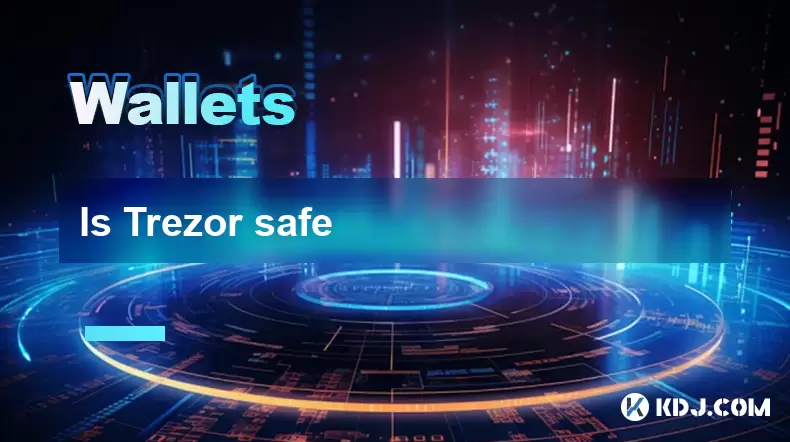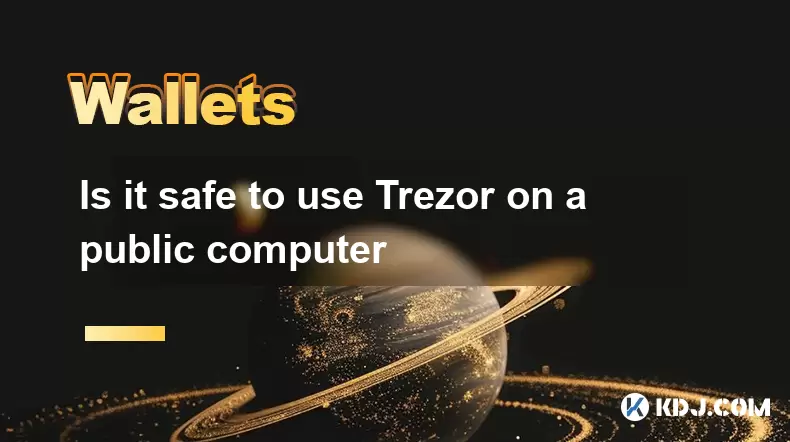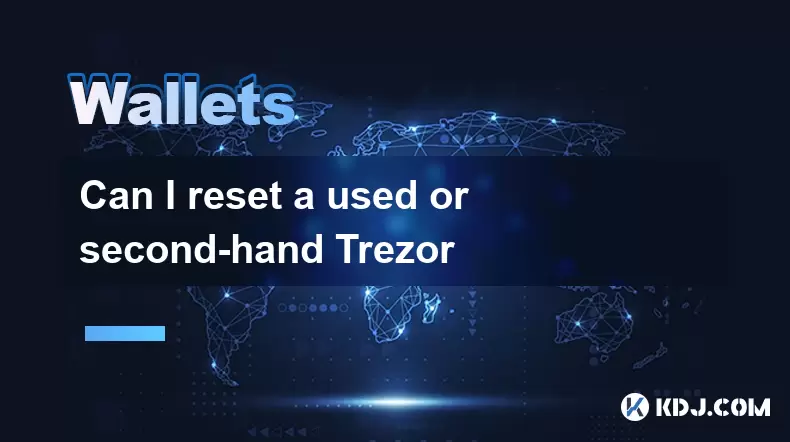-
 Bitcoin
Bitcoin $109,507.9823
0.43% -
 Ethereum
Ethereum $2,716.0274
3.79% -
 Tether USDt
Tether USDt $1.0003
-0.01% -
 XRP
XRP $2.3859
3.05% -
 BNB
BNB $665.2705
0.56% -
 Solana
Solana $154.6874
1.56% -
 USDC
USDC $1.0002
0.02% -
 TRON
TRON $0.2896
1.05% -
 Dogecoin
Dogecoin $0.1738
1.67% -
 Cardano
Cardano $0.6117
3.72% -
 Hyperliquid
Hyperliquid $40.3052
3.82% -
 Sui
Sui $2.9817
2.08% -
 Bitcoin Cash
Bitcoin Cash $505.0944
0.71% -
 Chainlink
Chainlink $14.0820
1.96% -
 Stellar
Stellar $0.2902
12.90% -
 UNUS SED LEO
UNUS SED LEO $9.0423
-0.34% -
 Avalanche
Avalanche $18.7084
1.54% -
 Hedera
Hedera $0.1714
6.33% -
 Shiba Inu
Shiba Inu $0.0...01218
2.48% -
 Toncoin
Toncoin $2.8261
1.24% -
 Litecoin
Litecoin $88.8228
1.59% -
 Monero
Monero $319.1344
2.71% -
 Polkadot
Polkadot $3.5479
2.69% -
 Dai
Dai $1.0001
0.00% -
 Ethena USDe
Ethena USDe $1.0010
0.06% -
 Uniswap
Uniswap $8.2690
6.49% -
 Bitget Token
Bitget Token $4.3622
1.19% -
 Aave
Aave $298.5989
2.11% -
 Pepe
Pepe $0.0...01042
1.97% -
 Pi
Pi $0.4663
1.15%
Is Trezor safe
Trezor secures crypto with offline storage, open-source firmware, and manual transaction verification, ensuring private keys stay safe from online threats.
Jul 09, 2025 at 11:49 pm

Understanding Trezor's Security Infrastructure
Trezor, as one of the pioneering hardware wallets in the cryptocurrency space, has built its reputation on providing a secure storage solution for digital assets. At its core, Trezor uses offline storage (cold storage) to protect private keys from online threats. This means that critical operations such as signing transactions are performed within the device itself, away from potential vulnerabilities associated with internet-connected devices.
One of the key security features embedded in Trezor’s design is the use of open-source firmware, which allows for transparency and community-driven audits. This openness contributes to building trust among users, as it enables independent verification of the codebase for any backdoors or vulnerabilities. Additionally, each transaction must be manually confirmed on the device’s screen, preventing unauthorized transfers even if the connected computer is compromised.
Physical Security Measures of Trezor Devices
Beyond software-level protections, Trezor incorporates several physical safeguards to prevent tampering. The device is designed to resist physical attacks, including side-channel analysis and fault injection techniques. These types of attacks attempt to extract sensitive information by analyzing power consumption or electromagnetic emissions during cryptographic operations.
Moreover, Trezor models like the T and Model One include a secure element chip, which acts as an additional layer of protection for cryptographic processes. This chip isolates sensitive data and ensures that even in the unlikely event of a firmware compromise, the private keys remain inaccessible to attackers. Users should also note that Trezor does not store recovery phrases or private keys on its servers, minimizing exposure to centralized breaches.
User Authentication and Recovery Mechanisms
Authentication plays a crucial role in maintaining the integrity of a wallet. Trezor requires users to set up a PIN code before initial use, which must be entered every time the device is connected to a computer or mobile device. This PIN is entered directly on the device, making it resistant to keyloggers or screen capture malware.
In case of device loss or failure, Trezor utilizes a 12- or 24-word recovery phrase that can restore access to funds across compatible wallets. It is imperative that users store this recovery phrase securely and offline, preferably using metal backup solutions to prevent damage from fire or water. Importantly, this phrase should never be stored digitally or shared with anyone, as it grants full control over the associated cryptocurrency holdings.
Interaction with Third-Party Wallets and Services
Trezor supports integration with various third-party wallets and decentralized applications (dApps), enhancing its usability across different platforms. However, users should exercise caution when connecting their Trezor device to external services, especially those requiring direct access to private keys or transaction signing permissions.
To ensure safety, always verify the legitimacy of the service or wallet before granting access. Use official Trezor integrations listed on the company’s website and avoid clicking on suspicious links or pop-ups that prompt for wallet connections. Furthermore, Trezor recommends using the official Chrome extension or desktop client for optimal security and compatibility, avoiding unverified browser plugins or mobile apps.
Best Practices for Securing Your Trezor Wallet
Maintaining the highest level of security with your Trezor wallet involves more than just the device itself; it requires adherence to best practices throughout the ownership lifecycle. Always purchase Trezor devices directly from the official website or authorized resellers to avoid counterfeit products equipped with malicious firmware.
Before initializing the device, ensure you're in a secure environment free from prying eyes or cameras, as the recovery phrase displayed during setup is sensitive information. Regularly check for firmware updates via the Trezor Bridge software, as these updates often contain important security patches and feature enhancements. Finally, never share screenshots of your recovery phrase or allow remote access to your device, even under the guise of technical support.
Frequently Asked Questions (FAQ)
- Can someone hack my Trezor if I lose it?
While losing your Trezor device is concerning, your funds remain safe as long as the recovery phrase is kept confidential. Without access to the recovery phrase, an attacker cannot gain control of your assets.
Is it safe to use Trezor with public Wi-Fi networks?
Yes, because Trezor operates offline and doesn't transmit private keys over the network. However, it's still advisable to connect to trusted computers and avoid using public computers for wallet management. What happens if Trezor's servers go down?
Since Trezor does not store user data on its servers, a server outage would not affect access to your funds. You can continue managing your wallet through local software and your recovery phrase. How do I know if my Trezor device is genuine?
Each Trezor comes with a holographic sticker and a unique verification code. Visit the official Trezor verification page and enter the code to confirm authenticity. Avoid purchasing from unauthorized sellers or second-hand marketplaces. Disclaimer:info@kdj.com
The information provided is not trading advice. kdj.com does not assume any responsibility for any investments made based on the information provided in this article. Cryptocurrencies are highly volatile and it is highly recommended that you invest with caution after thorough research!
If you believe that the content used on this website infringes your copyright, please contact us immediately (info@kdj.com) and we will delete it promptly.
- Pi Network: Powering the Global Economy and the Future with AI
- 2025-07-10 12:50:12
- Crypto Hack: GMX Bounty Offered After $42M Drain
- 2025-07-10 12:50:12
- Crypto Liquidations and Bitcoin's Wild Ride: What's Next?
- 2025-07-10 12:30:12
- Bitcoin Blasts to All-Time High: Is Institutional Momentum the Real Deal?
- 2025-07-10 13:10:12
- Bitcoin's Wild Ride: Record Highs and Price Surges Explained
- 2025-07-10 13:10:12
- Cloud Mining in 2025: Top Platforms for Passive Bitcoin & Altcoin Earnings
- 2025-07-10 13:15:11
Related knowledge

How to find a specific receiving address on my Trezor
Jul 09,2025 at 10:36pm
Understanding the Purpose of a Receiving AddressA receiving address is a unique identifier used in blockchain networks to receive cryptocurrency. Each...

How to connect Trezor to Rabby wallet
Jul 09,2025 at 05:49am
What Is Trezor and Rabby Wallet?Trezor is a hardware wallet developed by SatoshiLabs that allows users to securely store their cryptocurrency assets o...

Is it safe to use Trezor on a public computer
Jul 09,2025 at 08:56pm
Understanding the Risks of Using Trezor on a Public ComputerUsing a Trezor hardware wallet is generally considered one of the most secure methods for ...

What happens if I forget my Trezor passphrase
Jul 09,2025 at 03:15am
Understanding the Role of a Trezor PassphraseIf you use a Trezor hardware wallet, you may have set up a passphrase as an extra layer of security beyon...

How to stake Polkadot (DOT) with Trezor
Jul 09,2025 at 09:42pm
Understanding Polkadot (DOT) StakingStaking Polkadot (DOT) allows users to participate in network validation and earn rewards. Unlike traditional proo...

Can I reset a used or second-hand Trezor
Jul 09,2025 at 11:49am
Understanding the Reset Process for a Used or Second-Hand TrezorIf you have acquired a used or second-hand Trezor wallet, one of the first things you ...

How to find a specific receiving address on my Trezor
Jul 09,2025 at 10:36pm
Understanding the Purpose of a Receiving AddressA receiving address is a unique identifier used in blockchain networks to receive cryptocurrency. Each...

How to connect Trezor to Rabby wallet
Jul 09,2025 at 05:49am
What Is Trezor and Rabby Wallet?Trezor is a hardware wallet developed by SatoshiLabs that allows users to securely store their cryptocurrency assets o...

Is it safe to use Trezor on a public computer
Jul 09,2025 at 08:56pm
Understanding the Risks of Using Trezor on a Public ComputerUsing a Trezor hardware wallet is generally considered one of the most secure methods for ...

What happens if I forget my Trezor passphrase
Jul 09,2025 at 03:15am
Understanding the Role of a Trezor PassphraseIf you use a Trezor hardware wallet, you may have set up a passphrase as an extra layer of security beyon...

How to stake Polkadot (DOT) with Trezor
Jul 09,2025 at 09:42pm
Understanding Polkadot (DOT) StakingStaking Polkadot (DOT) allows users to participate in network validation and earn rewards. Unlike traditional proo...

Can I reset a used or second-hand Trezor
Jul 09,2025 at 11:49am
Understanding the Reset Process for a Used or Second-Hand TrezorIf you have acquired a used or second-hand Trezor wallet, one of the first things you ...
See all articles

























































































